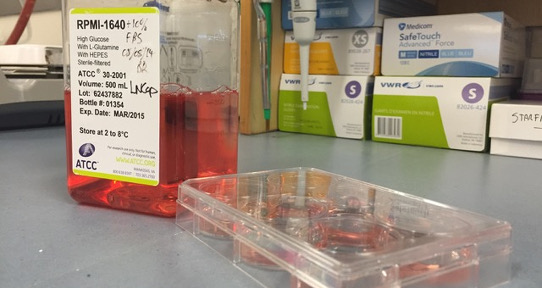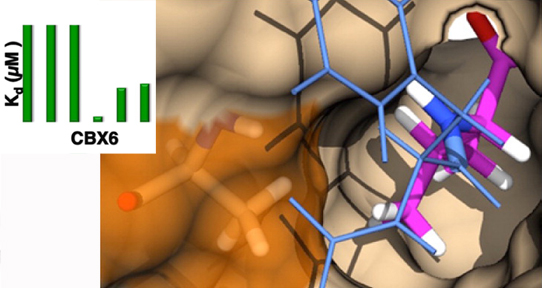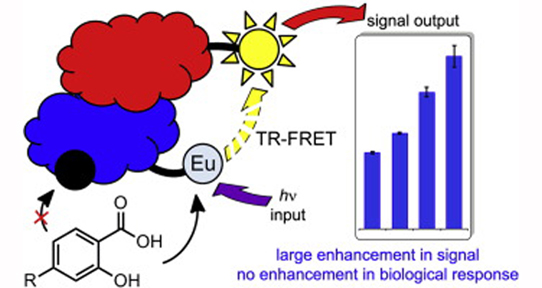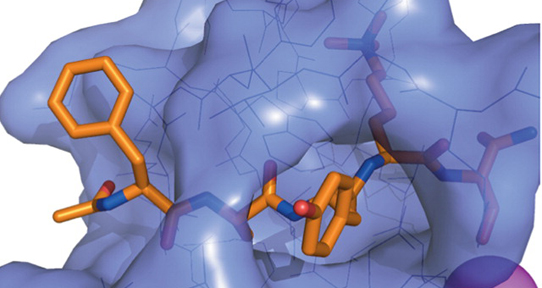Research highlights

Selective inhibition of CBX6: a methyllysine reader protein in the polycomb family
The polycomb paralogs CBX2, CBX4, CBX6, CBX7, and CBX8 are epigenetic readers that rely on “aromatic cage” motifs to engage their partners’ methyllysine side chains. Each CBX carries out distinct functions, yet each includes a highly similar methyllysine-reading chromodomain as a key element. CBX7 is the only chromodomain that has yet been targeted by chemical inhibition.
We report a small set of peptidomimetic agents in which a simple chemical modification switches the ligands from one with promiscuity across all polycomb paralogs to one that provides selective inhibition of CBX6.
The structural basis for this selectivity, which involves occupancy of a small hydrophobic pocket adjacent to the aromatic cage, was confirmed through molecular dynamics simulations. Our results demonstrate the increases in affinity and selectivity generated by ligands that engage extended regions of chromodomain binding surfaces. Read more.

Salicylates are interference compounds in TR-FRET assays
Given the importance of high-throughput screening in drug discovery, the identification of compounds that interfere with assay readouts is crucial. The pursuit of false positives wastes time and money, while distracting development teams from more promising leads.
In the context of TR-FRET assays, most interfering compounds are dyes or aggregators. In the course of our studies on the PD1–PDL2 interaction, we discovered that salicylic acids, an extremely common compound subclass in screening libraries, interfere with TR-FRET assays. While the precise mechanism of interference was not established, our data suggest that interaction of the salicylate with the cryptand-ligated europium FRET donor is responsible for the change in assay signal. Read more.

Chromodomain antagonists that target the polycomb-group methyllysine reader protein chromobox homolog 7 (CBX7)
We report here a peptide-driven approach to create first inhibitors of the chromobox homolog 7 (CBX7), a methyllysine reader protein. CBX7 uses its chromodomain to bind histone 3, lysine 27 trimethylated (H3K27me3), and this recognition event is implicated in silencing multiple tumor suppressors.
Small trimethyllysine containing peptides were used as the basic scaffold from which potent ligands for disruption of CBX7-H3K27me3 complex were developed. Potency of ligands was determined by fluorescence polarization and/or isothermal titration calorimetry. Binding of one ligand was characterized in detail using 2D NMR and X-ray crystallography, revealing a structural motif unique among human CBX proteins. Inhibitors with a ∼200 nM potency for CBX7 binding and 10-fold/400-fold selectivity over related CBX8/CBX1 proteins were identified.
These are the first reported inhibitors of any chromodomain. Read more.

